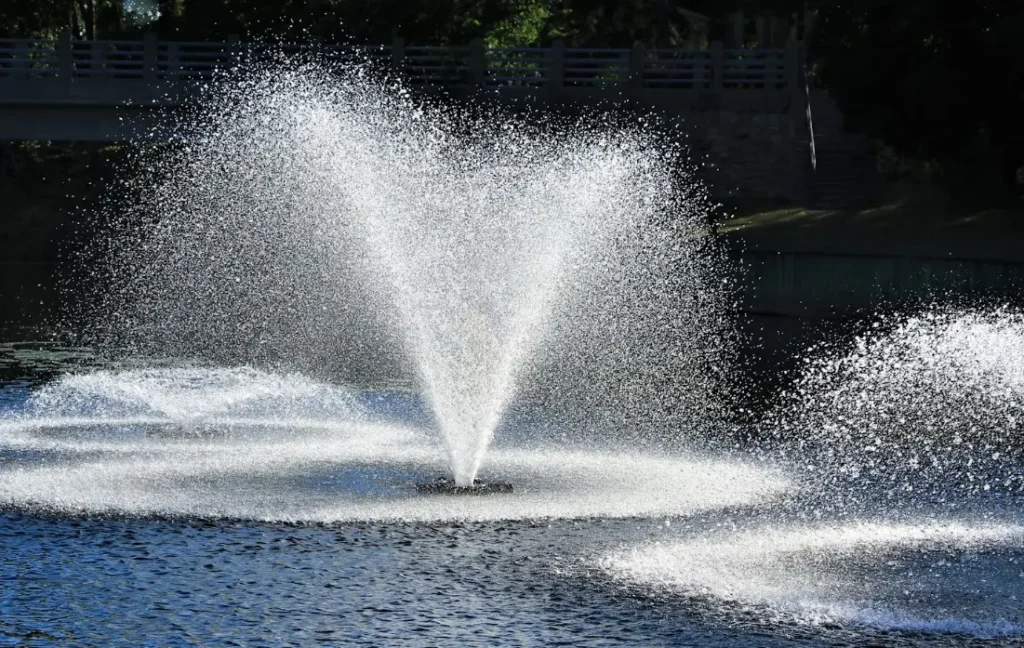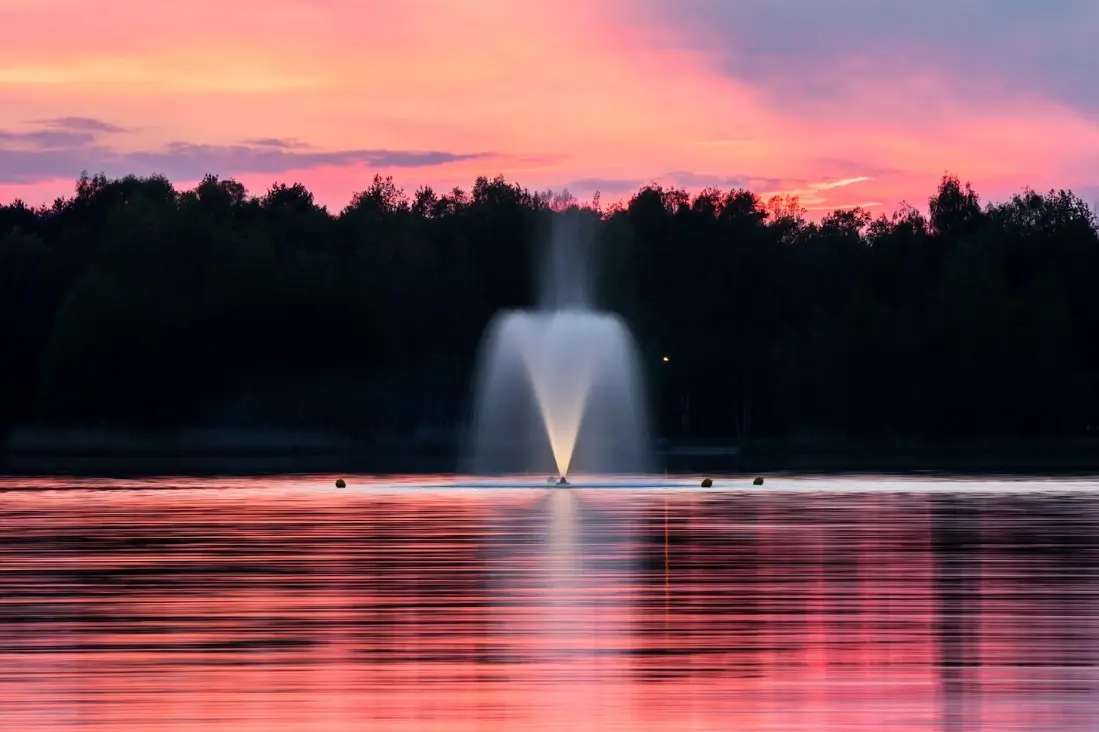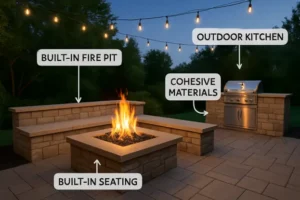Choosing the perfect pond fountain can transform your backyard water feature from a simple pond into a stunning centerpiece that enhances both the visual appeal and health of your aquatic environment. Whether you’re planning to install your first fountain or upgrade an existing setup, understanding the key factors that influence fountain performance will help you make an informed decision that delivers years of reliable operation.
Before you order pond fountains, it’s essential to evaluate your specific pond conditions and aesthetic goals. The size, depth, and current state of your water feature will directly impact which fountain type will work best for your situation. Many homeowners rush into purchasing decisions without considering these fundamental factors, leading to disappointing results or costly replacements down the line.
When you’re ready to order pond fountains, understanding the technical specifications becomes crucial for selecting equipment that matches your pond’s requirements. Gallons per hour (GPH) ratings, head height capabilities, and power consumption are three critical metrics that determine whether a fountain will perform effectively in your specific application.
Understanding Pond Fountain Types
Floating fountains represent the most popular choice for medium to large ponds. These units sit directly on the water surface and create dramatic spray patterns while providing excellent aeration. Floating fountains work best in ponds with depths of at least 2-3 feet and offer the advantage of easy installation without requiring permanent mounting structures.
Submersible fountains operate from beneath the water surface and can create more subtle, controlled water displays. These fountains excel in smaller ponds or where a more understated aesthetic is desired. The submersible pump design keeps the motor cooler and typically operates more quietly than surface-mounted alternatives.
Tiered fountains combine multiple spray levels to create elaborate water displays. These systems require more complex plumbing but can produce stunning visual effects suitable for formal garden settings or commercial applications.
Calculating the Right Size and Power

GPH ratings indicate how much water a fountain can circulate per hour. For effective aeration, aim for a fountain that can turn over your entire pond volume every 1-2 hours. A 1,000-gallon pond would benefit from a fountain rated between 500-1,000 GPH, though larger capacities provide more dramatic displays and better oxygenation.
Head height measures how high a pump can lift water vertically. This specification becomes critical when planning fountain installations that require pumping water significant distances above the pond surface. Always choose a pump with head height capacity that exceeds your requirements by at least 20% to account for system losses and ensure adequate pressure.
Power consumption directly impacts operating costs. Energy-efficient models may cost more initially but provide significant savings over time. Look for fountains with variable speed controls that allow you to adjust performance based on seasonal needs or aesthetic preferences.
Installation Considerations
Electrical requirements vary significantly between fountain types. Most residential fountains operate on standard 110V power, but larger units may require 220V connections. Always ensure your electrical setup includes proper GFCI protection for water feature applications. Professional electrical installation is recommended for permanent installations.
Positioning strategies affect both performance and maintenance accessibility. Floating fountains should be anchored in the deepest area of your pond, away from shoreline vegetation that might clog intake screens. Maintain at least 18 inches of clearance between the fountain and pond bottom to prevent sediment disruption.
Seasonal planning influences fountain selection and installation timing. If you live in areas with freezing temperatures, consider fountains with easy removal systems for winter storage. Some models include built-in freeze protection, but complete removal remains the safest option for equipment longevity.
Maintenance and Longevity Factors

Filter and intake maintenance represents the most frequent service requirement for pond fountains. Debris screens require regular cleaning to maintain optimal water flow. Choose fountains with easily accessible intake areas and consider models with larger intake surfaces that resist clogging.
Motor quality directly impacts fountain lifespan and reliability. Oil-cooled motors typically outlast standard designs, especially in demanding applications. Stainless steel components resist corrosion better than plastic alternatives, though they increase initial costs.
Warranty coverage varies widely between manufacturers. Comprehensive warranties that cover both parts and labor provide better long-term value, even if initial purchase prices are higher. Pay attention to warranty terms regarding normal wear items like impellers and seals.
Making the Final Decision
Budget considerations should account for total ownership costs, not just purchase price. Factor in electrical consumption, annual maintenance requirements, and potential replacement parts when comparing options. Sometimes investing in higher-quality equipment provides better long-term value despite higher upfront costs.
Aesthetic goals influence fountain selection as much as technical requirements. Consider how fountain spray patterns complement your landscape design and whether adjustable spray options would enhance versatility. Some fountains offer interchangeable nozzles that allow pattern changes without equipment replacement.
Professional consultation can prevent costly mistakes, especially for complex installations or large pond systems. Many suppliers offer technical support to help match fountain specifications with specific pond conditions.
Take time to research specifications thoroughly, compare warranty terms, and consider professional installation for complex setups. A well-chosen fountain system will provide countless hours of enjoyment while supporting a healthy aquatic environment for years to come.
Conclusion
Selecting the right pond fountain involves balancing technical requirements with aesthetic preferences and budget constraints. By carefully evaluating your pond’s size, depth, and intended use, you can choose equipment that provides years of reliable performance while enhancing your outdoor space. Remember that proper installation and regular maintenance are just as important as selecting quality equipment for achieving the best results from your investment.
Also Read-Funeral Readings for a Memorial or Celebration of Life








